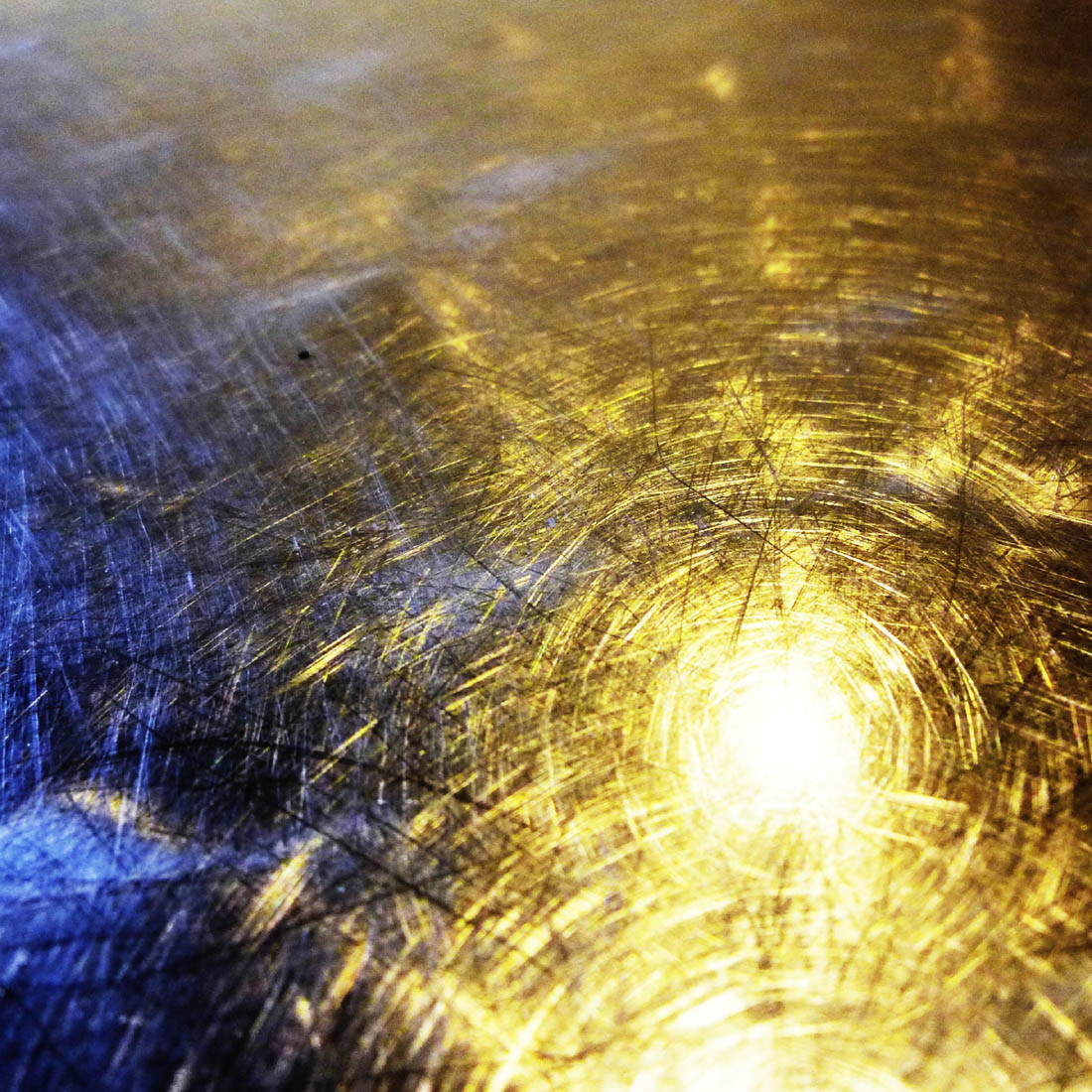A New study published by Nature finds that single-phase concentrated solid solution alloy have the potential to self-recover from damage and open the doors to nuclear energy. They were shown to be much more resistant to temperature and radiation, and could be the alternative to more expensive materials to build equipment for electric generators, aircraft, medical equipment and maybe even nuclear weapons, and this research could incite further experimentation with complex alloys.
The Manipulation of Alloys Could Lead to A Slew of New Material Alternatives
It has never been clear if specific alloy compositions have higher radiation resistance than pure metal counterparts, but the results of this paper show that a deeper chemical complexity can have an immense impact on energy dissipation processes, and that this very impact can be manipulated to observe increased and decreased damage. If this research is continued, an even more complex alloy could even be designed to self-recover from irradiation.

This study proves that there is a way to control energy dissipation in complex alloys, and that their uses can be more diversified.
Complex Alloys Could Have a Greater Damage Capacity or Could Reverse It
Pure metals could be considered the most efficient and most convenient because pure has been equated with better. But through time, alloys have been more commonly used because they have higher resistance and are better at conducting heat, so even yellow gold is more commonly used than pure gold, nickel alloys are used for everyday objects such as lightbulbs, door locks and bolts, musical instruments and even dental filings.

This new study poses the theory that they could be used for more. If further investigated, researchers and scientists could actually manipulate the behavior of single-phase concentrated solid solution alloys, including high entropy alloys, for use in nuclear energy. In today’s world, the use of traditional alloys is the more-wide spread one. These usually consist of one principal element, such as nickel, iron or gold, with a few other metals in minor concentrations. By adding more complex metals into the mix, researchers were able to manipulate the amount of damage that comes with this manipulation, and the correct recipe of metal ratios could lead to the development of metals that can self-recover from irradiation, be excellent heat conductors with minimized defects and maximized efficiency.

This could mean that cancer treatment equipment could be build more cheaply, and that radiation resistant alloys could be more widespread and applied to more objects. These single-phase concentrated solid solution alloys would be the ideal materials to explore the controlling factors of radiation resistance, and can help devise new paradigms for alloy development by telling how exactly chemistry and composition can change energy dissipation and defect evolution mechanisms. This could develop an alloy that can mechanically recover from damage.
If this study is followed up, we could one day even have the ability to control and design material that is radiation resistant at the atomic and electronic level.
The Research Put Alloys to the Test, So Clapway Trends Did the Same with the R10 RWATCH
https://www.youtube.com/watch?v=QCsj_JIRVAM
New Study Finds Alloys Can Recover from Damage
No comments:
Post a Comment